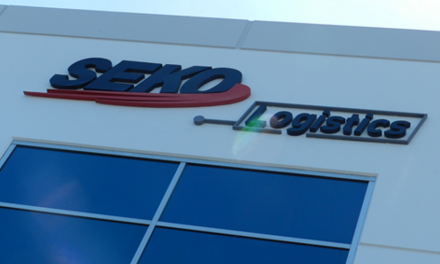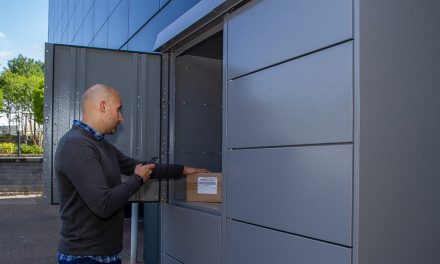
Parcel-à-porter

Gnewt Cargo has been taking part in trials to see if “parcel porters” could help to make urban delivery operations more efficient and environmentally-friendly.
The courier company, which has already established a reputation as a leader in sustainable logistics with its 150-strong fleet of fully-electric vehicles, has been working with academic researchers from University College London (UCL) and the universities of Lancaster, Westminster and Southampton.
Gnewt Cargo’s Sam Clarke told Post&Parcel today (27 March) that it has so far conducted trials in Southwark (in the London SE1 postcode) and the City (EC3). In the tests, the porters unloaded the parcels from Gnewt’s electric vans and then made the “last yard” deliveries on foot.
In theory, this delivery model should save time and ease traffic congestion because couriers do not have to drive around hunting for a vacant parking space and then leave their vehicles whilst making the deliveries.
Clarke said that the early indications from the trials suggest that combining electric vans with teams of porters could be a viable model for inner-city parcel deliveries – but there is still more testing and number-crunching to be done.
A notice posted on the Institute of Couriers website (Clarke is the chair of the IOC electric vehicle group) provided this update on the findings so far: “The team’s earlier research concluded that a typical parcel van delivers on average 126 parcels to 72 different establishments from 37 stopping places over a 7.3 hour round. During this time, the vehicle is parked at the kerbside for four and a half hours, approximately 60 per cent of the round, while the driver is out delivering parcels on foot, walking around 7.9km, with up to 25% of the consignees being above ground level in buildings.
“In the first trial of this portering system, a round of 190 parcels was organised with approximately half delivered by four porters while the driver made all of the collections and deliveries of large, heavy items or multiple items to the same address.
“The porters walked 5km to deliver their packages taking three hours and 40 minutes, each delivering two 140 litre bag loads, with a total round time reduction of 33 per cent.”
Looking to the future, Clarke suggested that if this model were to be adopted on a wider, commercial scale, it could offer employment opportunities for “crowdsourced” porters.












